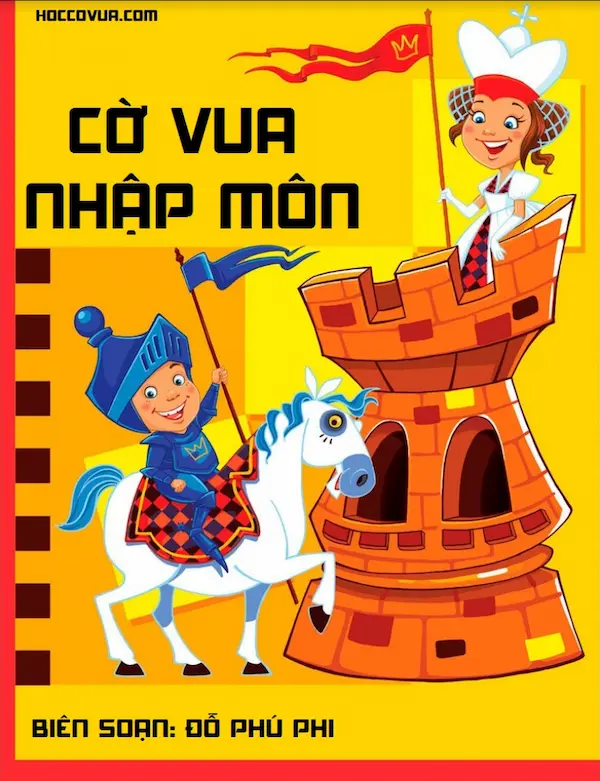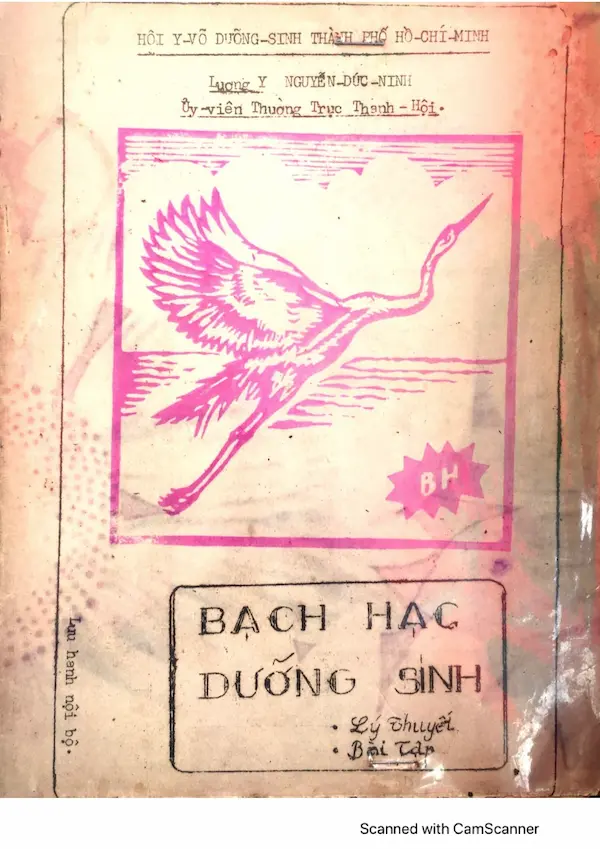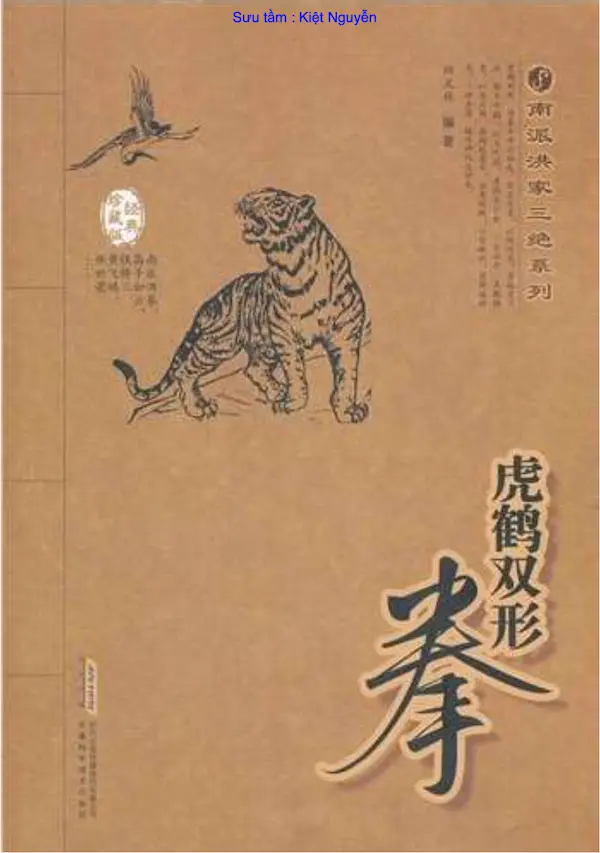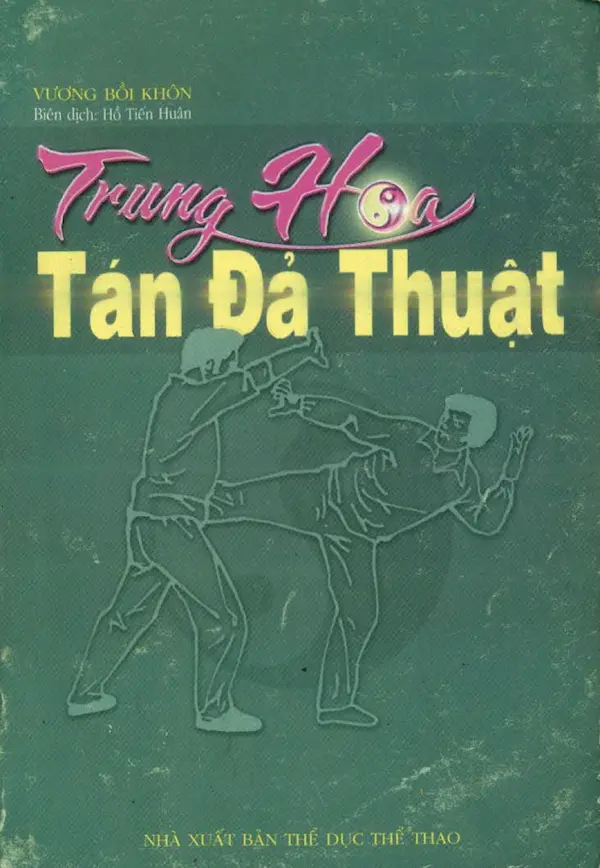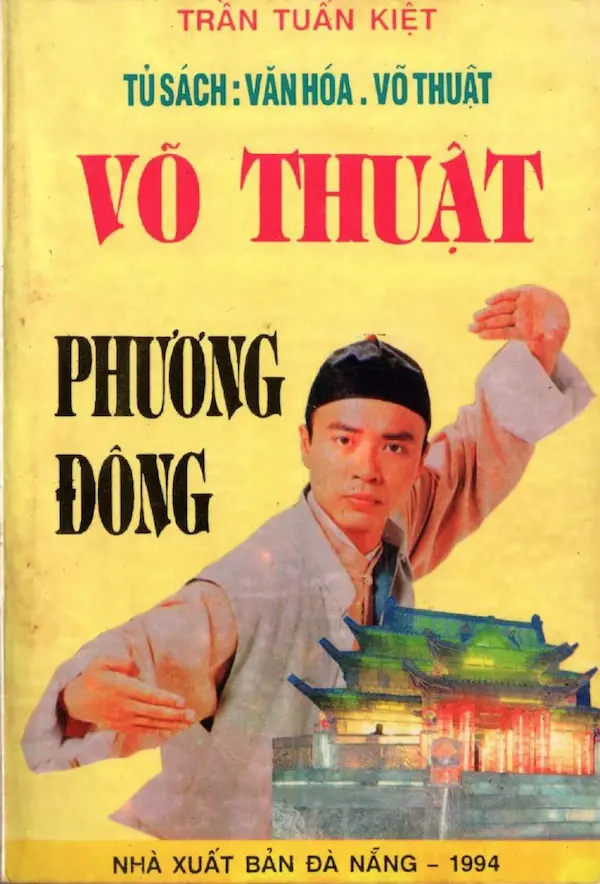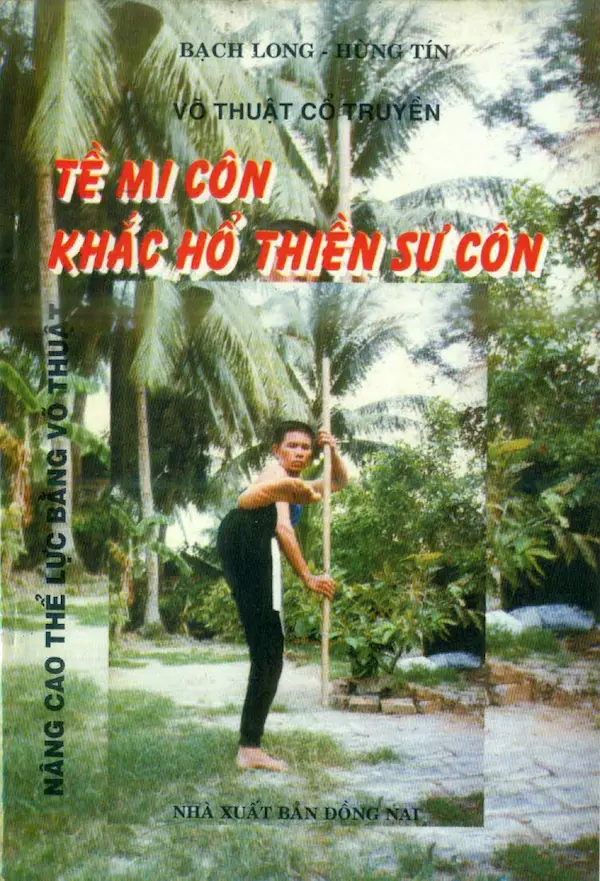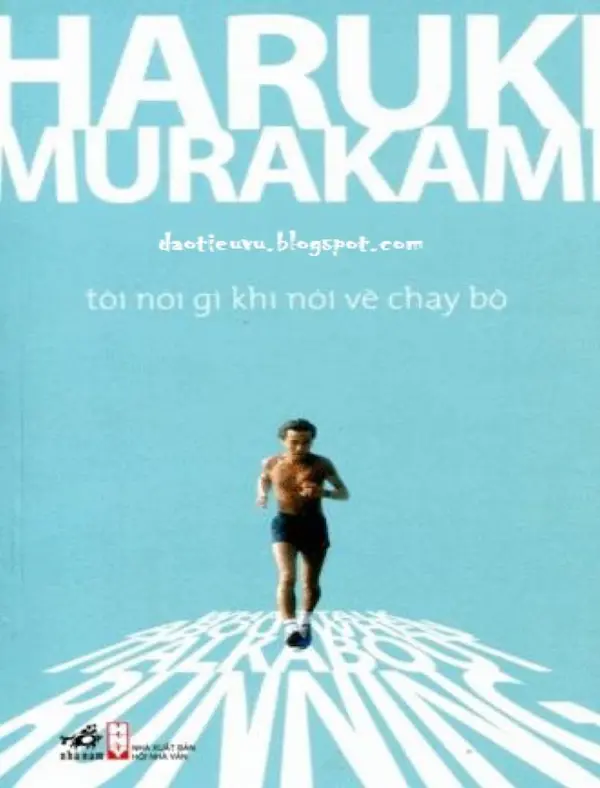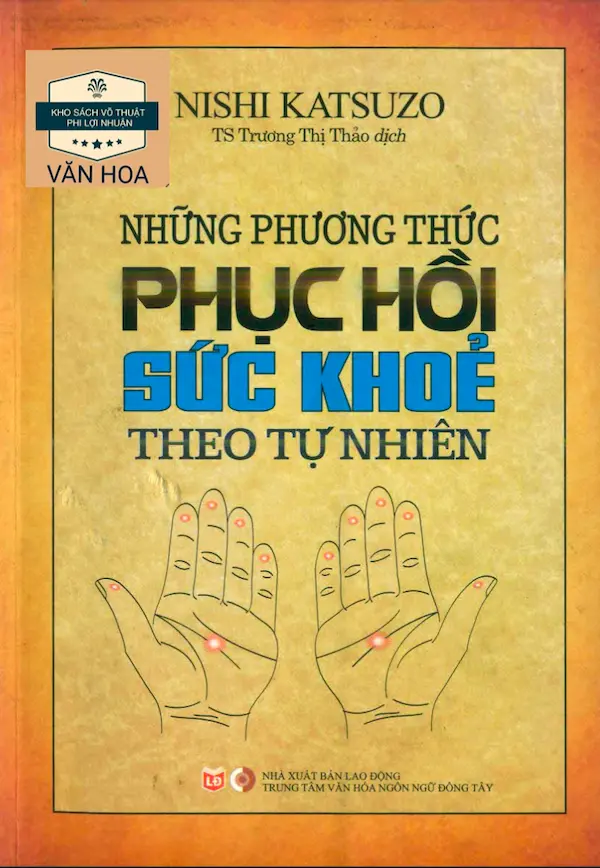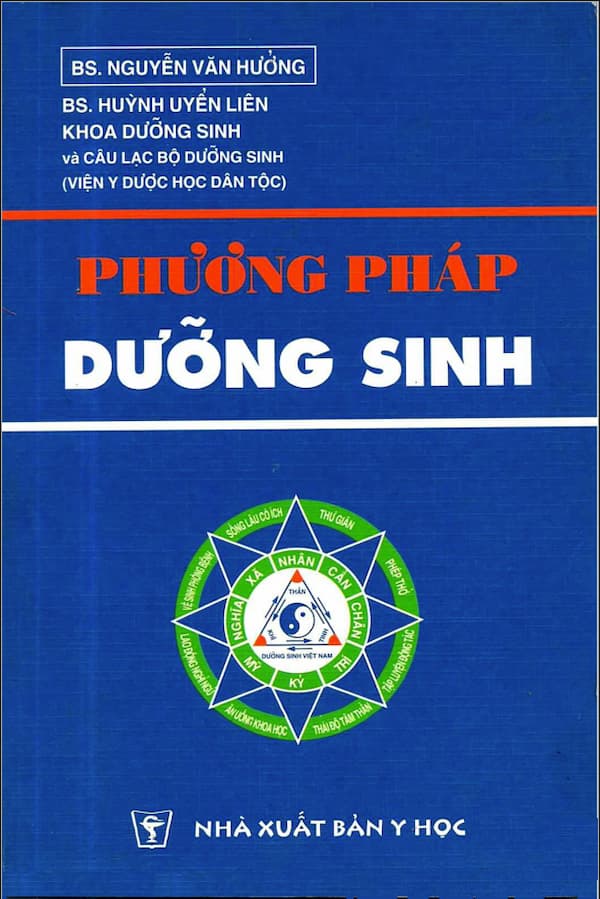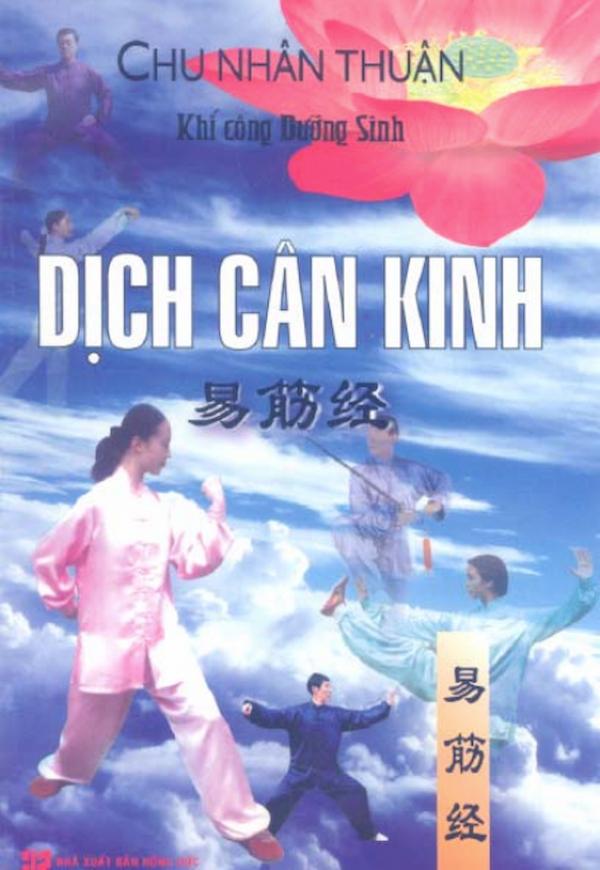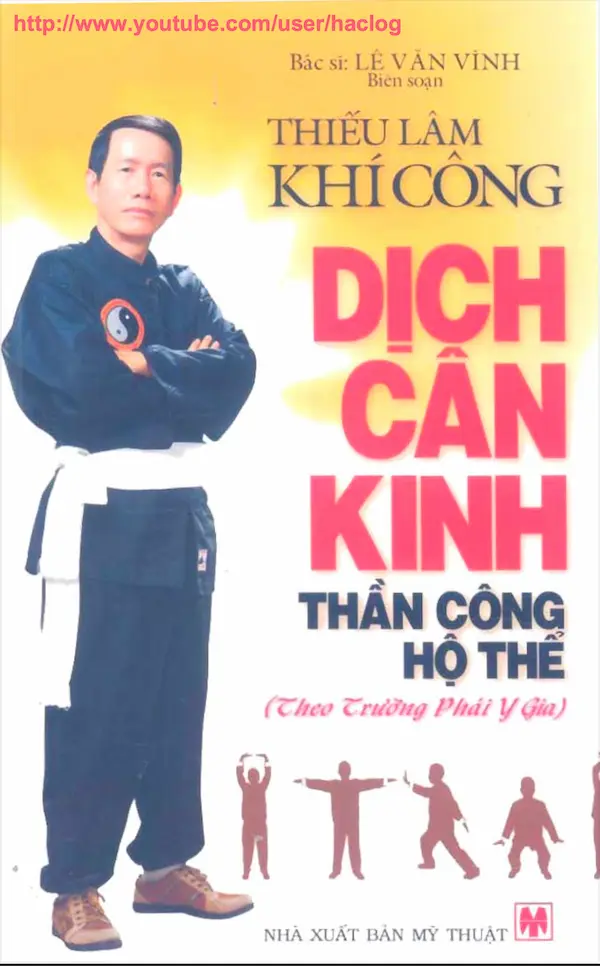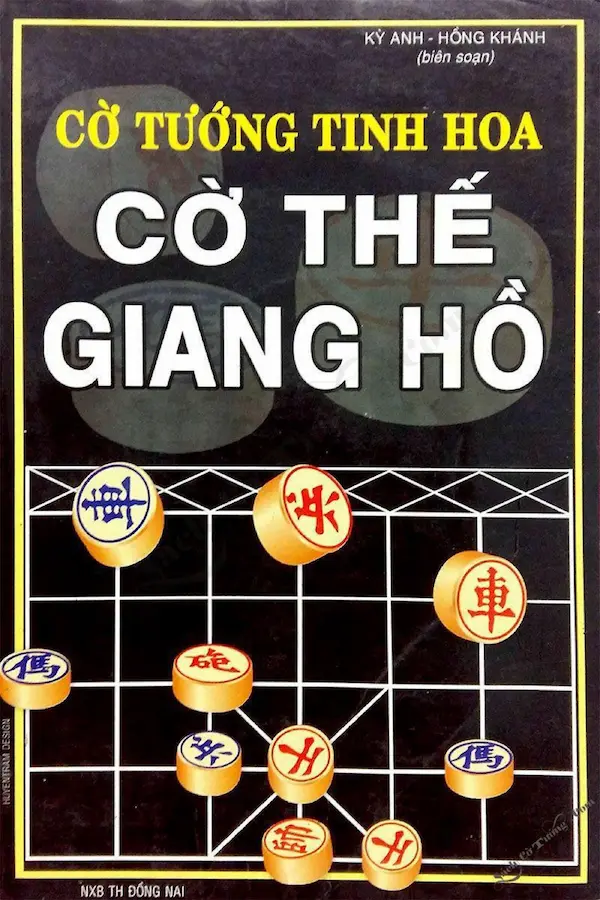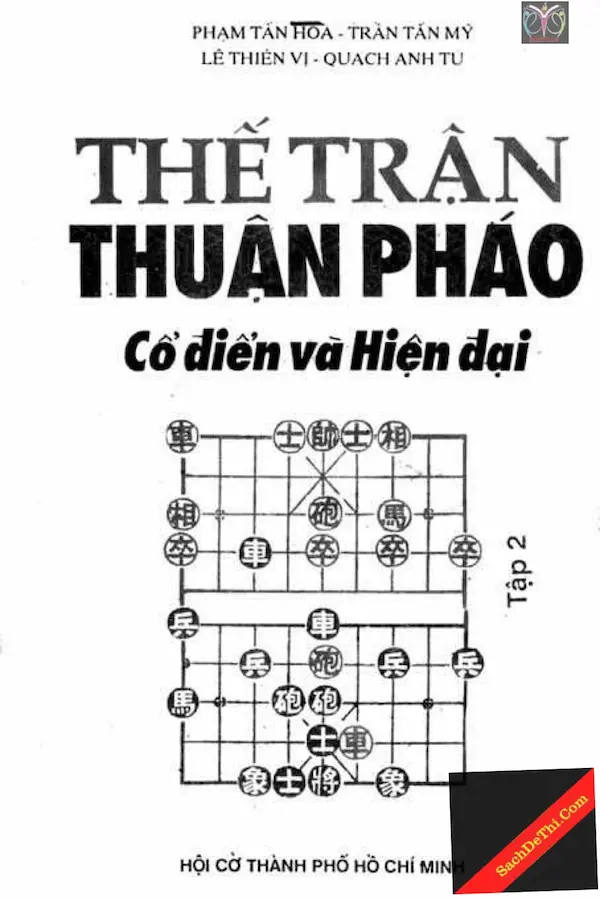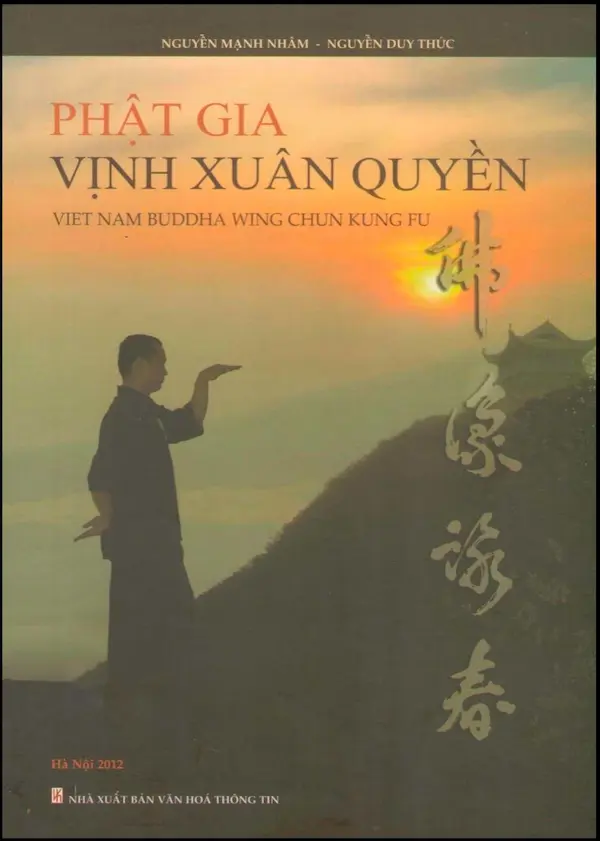
The traditional Chinese medicine, Martial arts schools and the Qigong
(the art of the control of the energy Qi) pay a little attention to the anatomy
in the modern Western understanding and make the accent on the functions
of the physical organs. The ancient mendicants and the masters of Qigong
thought that it is important to own the specific Qi energy for the normal
functioning of the organs. According to the traditional Chinese beliefs, there
is the energy of two types in the organism: inner and outer, and each of the
types of the energy cycles along their own ways. The outer Qi comes
through the breathing from outside into the organism of the person. The
inner Qi is the energy which cycles inside the person’s body.
During the breathing the outer Qi gets into the organism of the person,
partly becoming the inner Qi and goes outside at the exit and becomes the
outer Qi again.
This way the constant circulation of the Qi energy is made through the
certain meridians (Jinglo).
In the theory of the Chinese medicine and the Qigong the 12 main paired
meridians are underlined (Fig. 1-12), 8 “wonderful” meridians (the most
important: the frontal-medium meridian (The Conception Vessel Meridian)
of the action - Ren-mai (fig. 13) and the backward-medium meridian (The
Governing Vessel Meridian) of the control - Du-mai (fig. 14) and 15
secondary meridians. There are the specific points on the way of the
movement of each meridian. The pressure on these points influences on the
functioning of the whole meridian. These points are called the acupuncture
points.
Let’s list the main acupuncture points.
(the art of the control of the energy Qi) pay a little attention to the anatomy
in the modern Western understanding and make the accent on the functions
of the physical organs. The ancient mendicants and the masters of Qigong
thought that it is important to own the specific Qi energy for the normal
functioning of the organs. According to the traditional Chinese beliefs, there
is the energy of two types in the organism: inner and outer, and each of the
types of the energy cycles along their own ways. The outer Qi comes
through the breathing from outside into the organism of the person. The
inner Qi is the energy which cycles inside the person’s body.
During the breathing the outer Qi gets into the organism of the person,
partly becoming the inner Qi and goes outside at the exit and becomes the
outer Qi again.
This way the constant circulation of the Qi energy is made through the
certain meridians (Jinglo).
In the theory of the Chinese medicine and the Qigong the 12 main paired
meridians are underlined (Fig. 1-12), 8 “wonderful” meridians (the most
important: the frontal-medium meridian (The Conception Vessel Meridian)
of the action - Ren-mai (fig. 13) and the backward-medium meridian (The
Governing Vessel Meridian) of the control - Du-mai (fig. 14) and 15
secondary meridians. There are the specific points on the way of the
movement of each meridian. The pressure on these points influences on the
functioning of the whole meridian. These points are called the acupuncture
points.
Let’s list the main acupuncture points.




